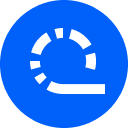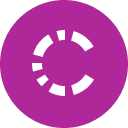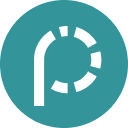Watch our latest Product Showcase
On-demand webinar
Maintaining Code Quality in Open Source
Guest speaker Niels Lohmann, founder of the JSON for Modern C++ on GitHub, joined our Codacy CEO Jaime Jorge in an engaging talk about open source.
During the live talk, Jaime Jorge, Codacy CEO, moderated the conversation and asked interesting questions to our guest speaker. You can check the detailed answers on our video recording of the live talk — we even give you the specific time frames! But we’ve summarized the key points for you to read 🤓
In this webinar

Open Source Motivation

Biggest challenges maintaining code quality

Hardest thing about maintaining group collaborators





